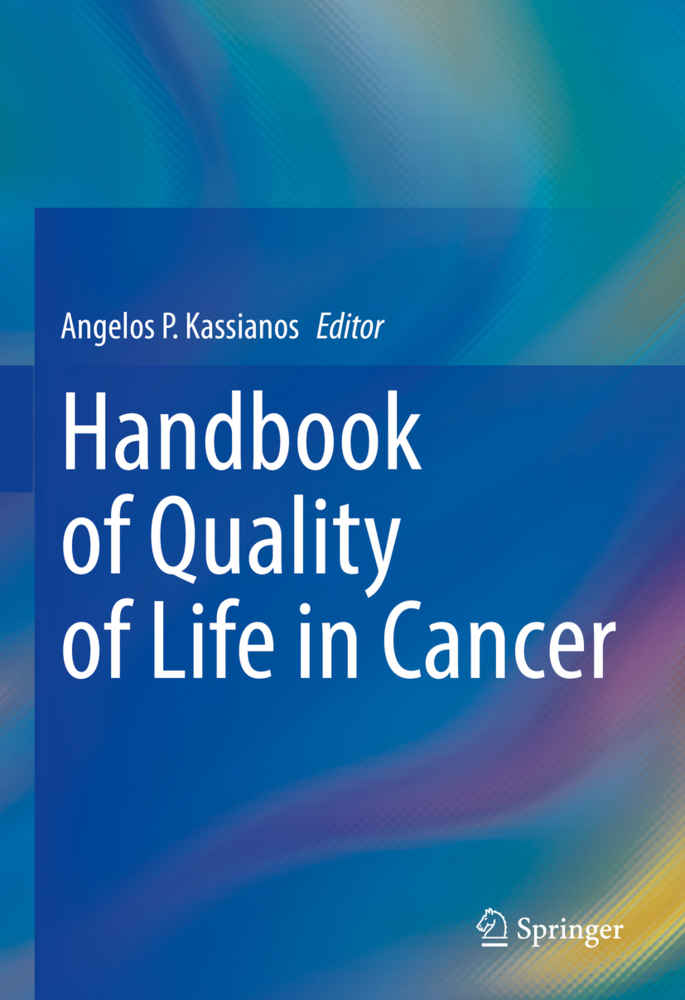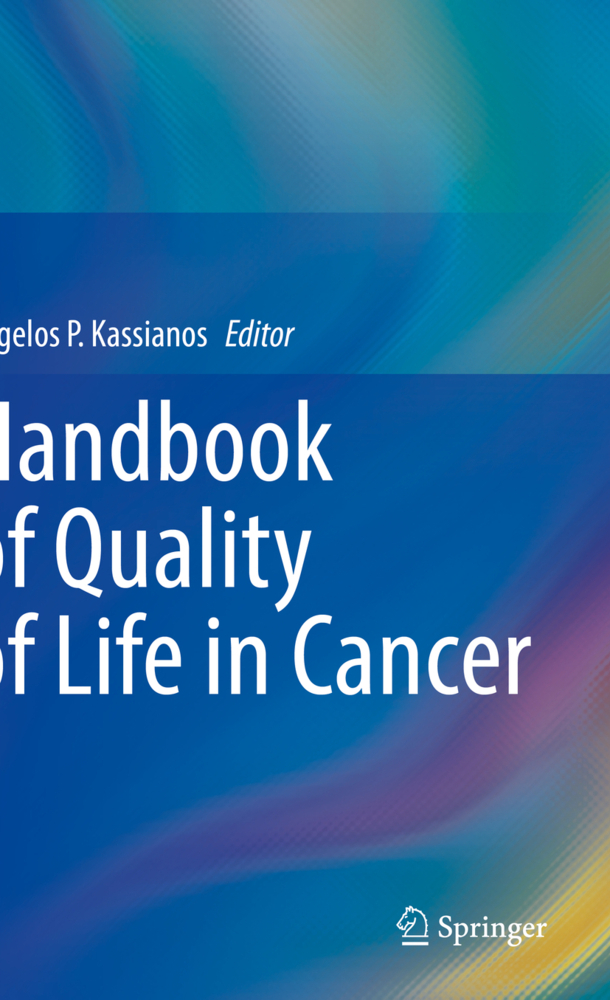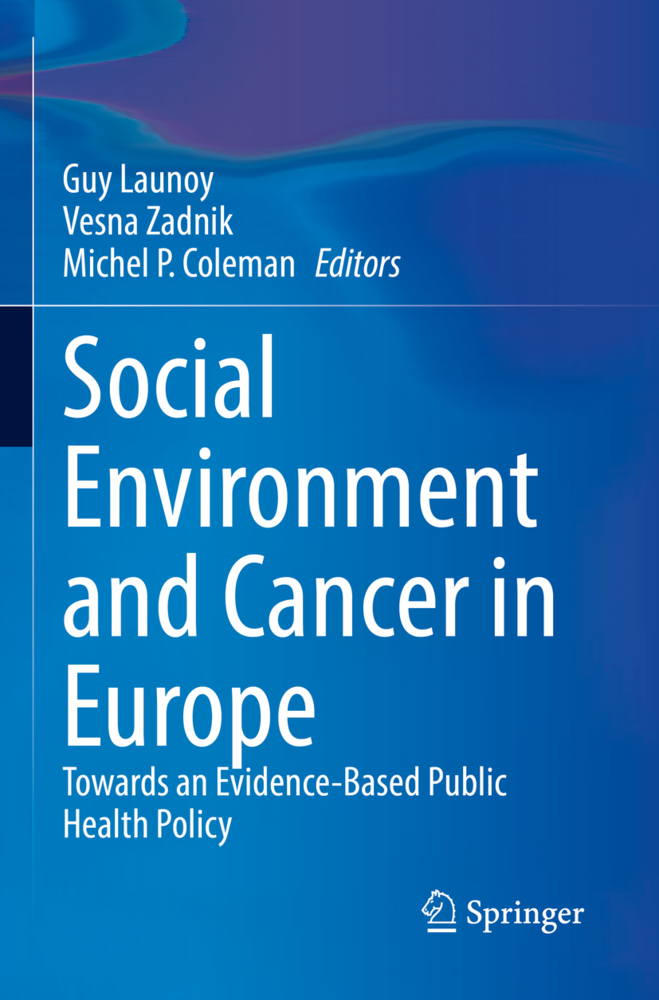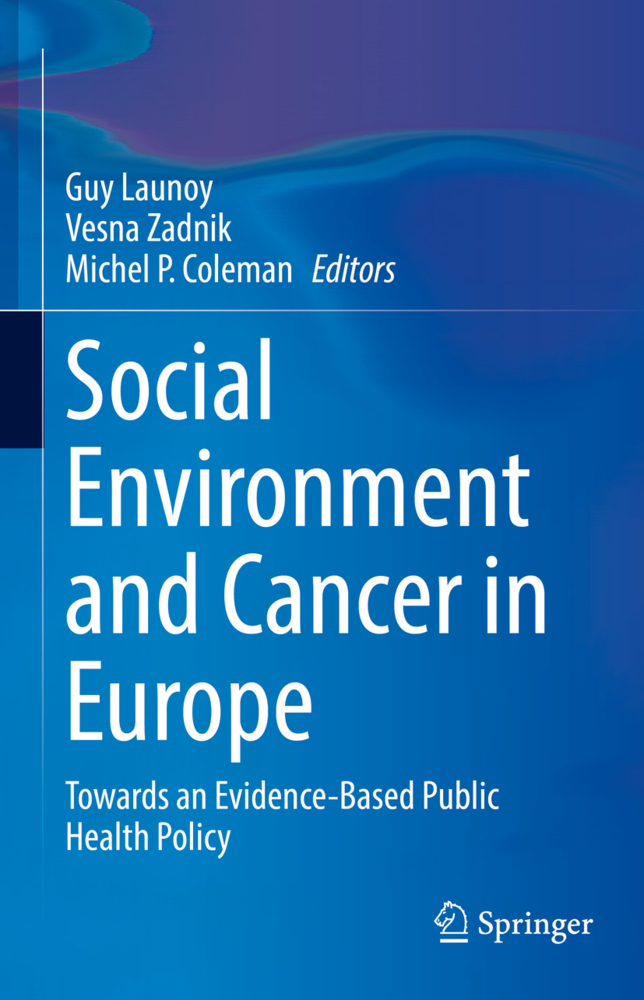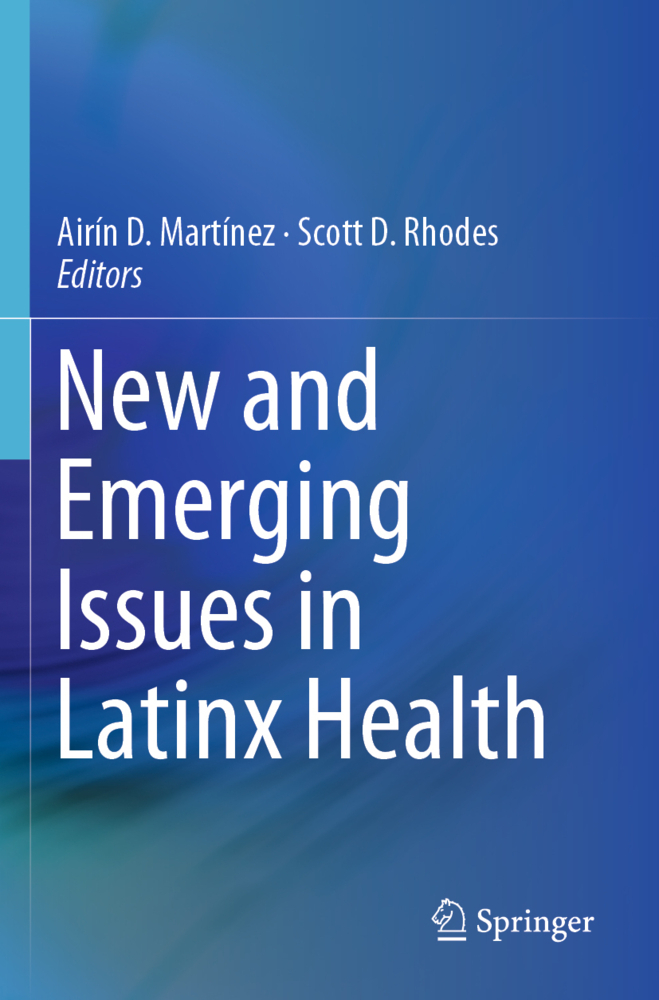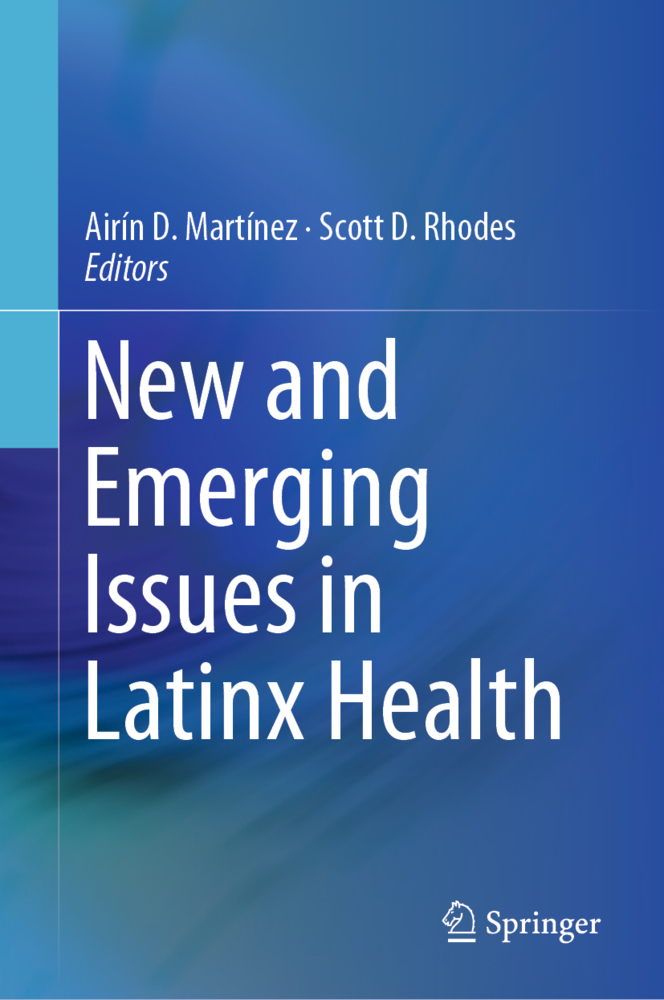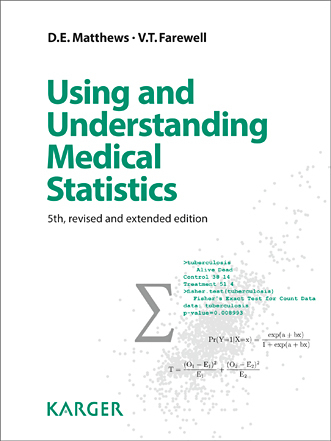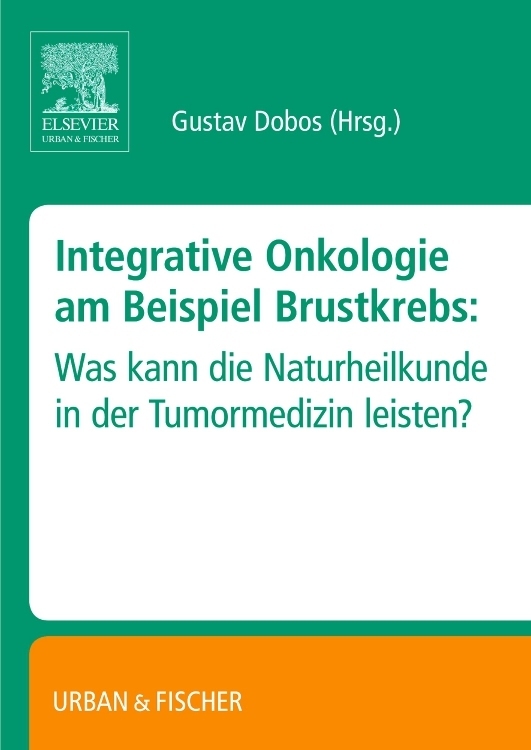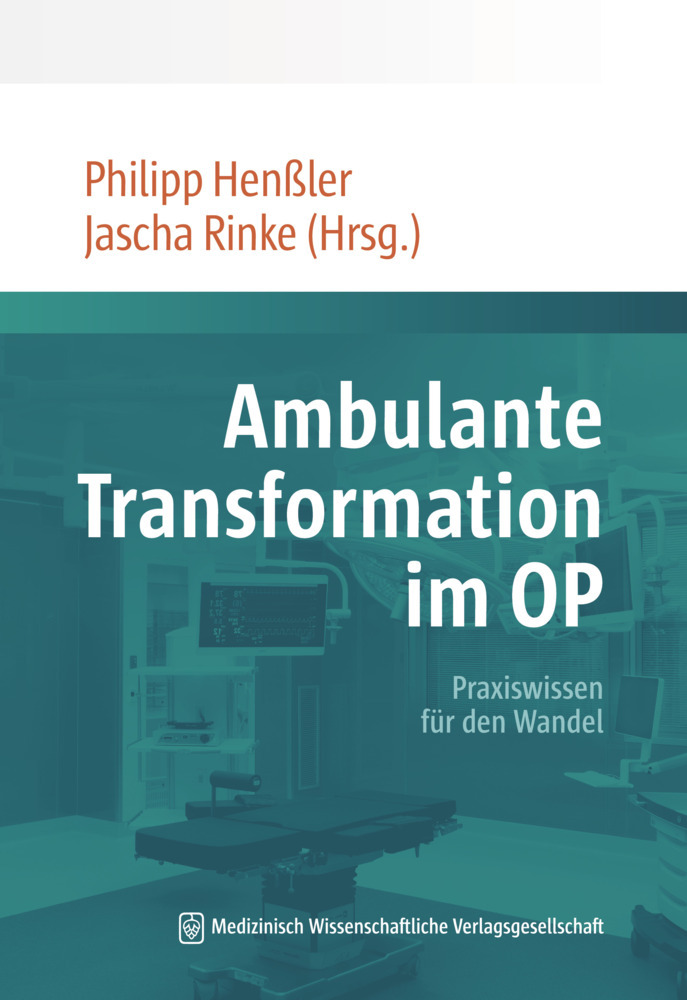Handbook of Quality of Life in Cancer
Handbook of Quality of Life in Cancer
Quality of life is an important outcome when treating a cancer patient. Research is vast on the role of quality of life on patients' general wellbeing, responsiveness to treatment, and even mortality. On the other hand, there are several methodological considerations when planning to measure and assess quality of life in cancer patients. This handbook - with authorship that is diverse in terms of perspectives, countries, and fields - aims to fill a gap in the available literature and responds to a number of questions in its 26 chapters:
- What is quality of life and health-related quality of life and why are they important?
- How is quality of life assessed?
- What are the theoretical and methodological considerations when using quality of life outcomes in cancer research?
- How is quality of life useful in routine clinical care?
- How is quality of life impacting different cancer populations in terms of site of the cancer, age, gender, and context?
Handbook of Quality of Life in Cancer is a learning and consulting tool that can be used by a diverse audience. It is an essential resource for researchers who wish to use quality of life assessment tools in clinical trials or other types of studies; clinicians who want to develop their understanding of how they can utilize quality of life and how it is important for the patients they care for; and commissioners who wish to see why quality of life may impact population health and health system costs. Students in diverse fields of study (medicine, nursing, psychology, social work, medical sociology, population health, epidemiology, and medical statistics, among others) also would benefit from using the handbook for their studies and for their continuing professional development.
Dedication.- Foreword.- Preface.- About the Editor and Contributors.- list of abbreviations.- List of figures.- list of tables.- Part I: Concepts and Definitions.- 1. Defining Quality of Life
2. The Importance of Quality of Life in Cancer Patients.- Part II: Quality of Life Assessment.- 3. Using the WHOQOL as a generic measure to assess quality of life during cancer
4. Developing cancer quality of life assessment tools
5. The European Organisation for Research and Treatment of Cancer (EORTC) Measurement System
6. The Functional Assessment of Chronic Illness Therapy (FACIT) Measurement System: Guidance for Use in Research and Clinical Practice
7. Validating Cancer Quality of Life Assessment Tools: Psychometric Considerations
8. Using New Technologies in Quality of Life Assessment
9. Modern Psychometric Measurement and Computerized Adaptive Testing.- Part III: Best-practice Elements when assessing Quality of Life.- 10. Statistical Considerations in Analyzing Health-Related Quality of Life Data
11. Data Visualization Strategies to Communicate PRO Data to Patients and Clinicians
12. Cross-Cultural Considerations in Health-Related Quality of Life in Cancer
13. Quality of Life and mortality
14. Decision-Making in the Context of Funding Cancer Therapy
15. Satisfaction with Cancer Care
16. Quality of Life and Cancer-Related Fatigue: Prevalence, Assessment and Interventions
17. Quality of Life in Adolescents and Young Adults with Cancer
18. Proxy measures for quality of life in cancer
19. The Role of Psychologists and Psychological Approaches in Cancer Care
20. The Role of Patient-Reported Outcomes (PROs) in the Improvement of Healthcare Delivery and Service
21. Introduction to Quality of Life in Drug Development.- Part IV: Case Studies of Using Quality of Life Tools for Specific Cancer Types.- 22. Quality of Life and Breast Cancer
23. Quality of Life and Brain Cancer
24. Quality of Life and Colorectal Cancer
25. Quality of Life and Endometrial Cancer
26. Quality of Life and Melanoma.
Kassianos, Angelos P.
| ISBN | 978-3-030-84701-2 |
|---|---|
| Artikelnummer | 9783030847012 |
| Medientyp | Buch |
| Copyrightjahr | 2022 |
| Verlag | Springer, Berlin |
| Umfang | XL, 477 Seiten |
| Abbildungen | XL, 477 p. 34 illus., 27 illus. in color. |
| Sprache | Englisch |

